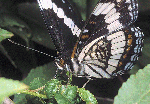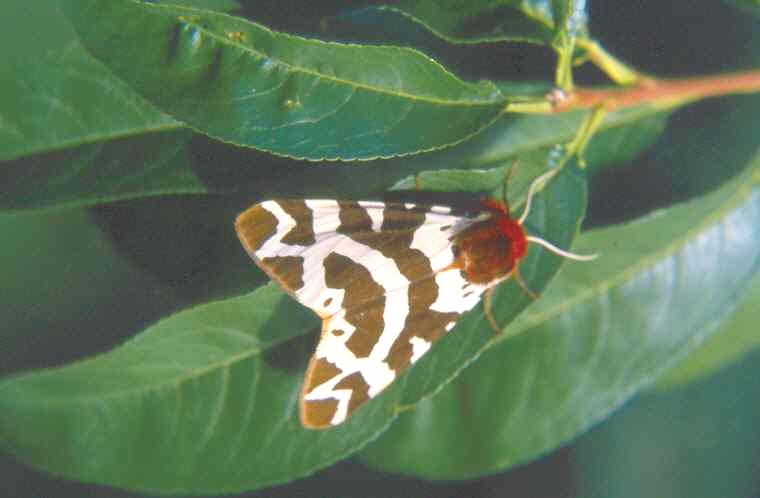
Utah Lepidopterists' Society
Founded 6 Nov 1976

|
|
Utah Lepidopterists' Society Founded 6 Nov 1976 |
|
| History | Mission | Meetings | Bulletin | Checklists | Links | Community | Field Trips | Habitat | Members | Kids | Contact Us |
Utah Habitats for Butterflies and Moths
Wasatch Valley Meadows--North/NE Vicinity of SLC Intl. Airport
 |
8. Montane 9. Utah's Dixie |

The Wasatch Valley Meadow habitat just to the North and Northeast of Salt Lake International Airport is slowly diminishing due to construction of homes and businesses. However, there still remains sufficient suitable habitat where, unlike similar habitat in Utah County, one can find colonies of the common ringlet (Coenonympha tullia ampelos) as well as the small checkered skipper (Pyrgus scripura.) (Note: The small checkered skipper isn't normally associated with wet meadow habitat as its larval hostplant, alkali mallow (Sida hederacea.) is normally associated with disturbed, arid areas.)
It is interesting to note that similar wet meadow habitat to the south in Utah County has yielded colonies of butterflies not normally found in Salt Lake County's valley floor. These species include the queen (Danaus gilippus thersippus,) baird's swallowtail (Papilio bairdi,) taxiles skipper (Poanes taxiles), russet skipperling (Piruna pirus), and the garita skipperling, (Oarisima garita.) Note: The queen has not been recorded in Salt Lake County at all.
Monarchs, which is one of Northern Utah's migratory species, are especially attracted to these wet meadows. During the summer months of July through September, adults of the monarch especially prefer to roost in Russian olive trees to escape the heat of the day. In fact, female monarchs will often lay their eggs on the milkweeds adjacent to these Russian olive trees as well on milkweeds near nectar sources.

The key to finding monarch larvae in the late summer is to seek out milkweeds that are growing adjacent to or underneath Russian Olive trees like the ones you see in this photograph.
Butterfly Species Checklist For this Habitat:
Swallowtails (Family Papilionidae)
|
Brush-footed Butterflies (Family Nymphalidae)
|
Gossamer-wing Butterflies (Family Lycaenidae)
|
Milkweed Butterflies (Family Danaidae)
|
Skippers (Family Hesperiidae)
|
Whites and Sulphurs (Family Pieridae)
|
All images of Limenitis weidemeyeri on the ULS Info Bar courtesy Jay Cossey
|
|